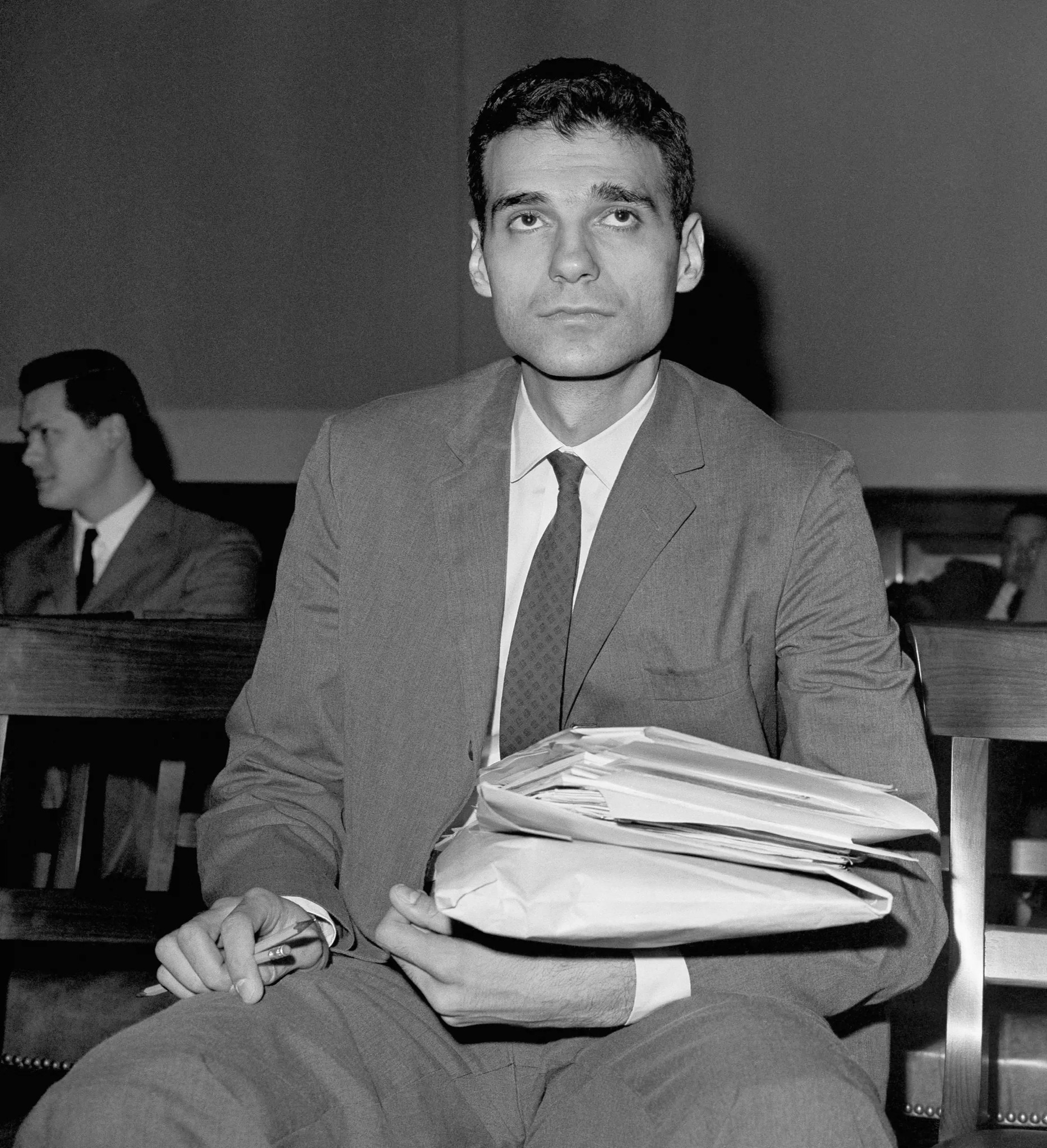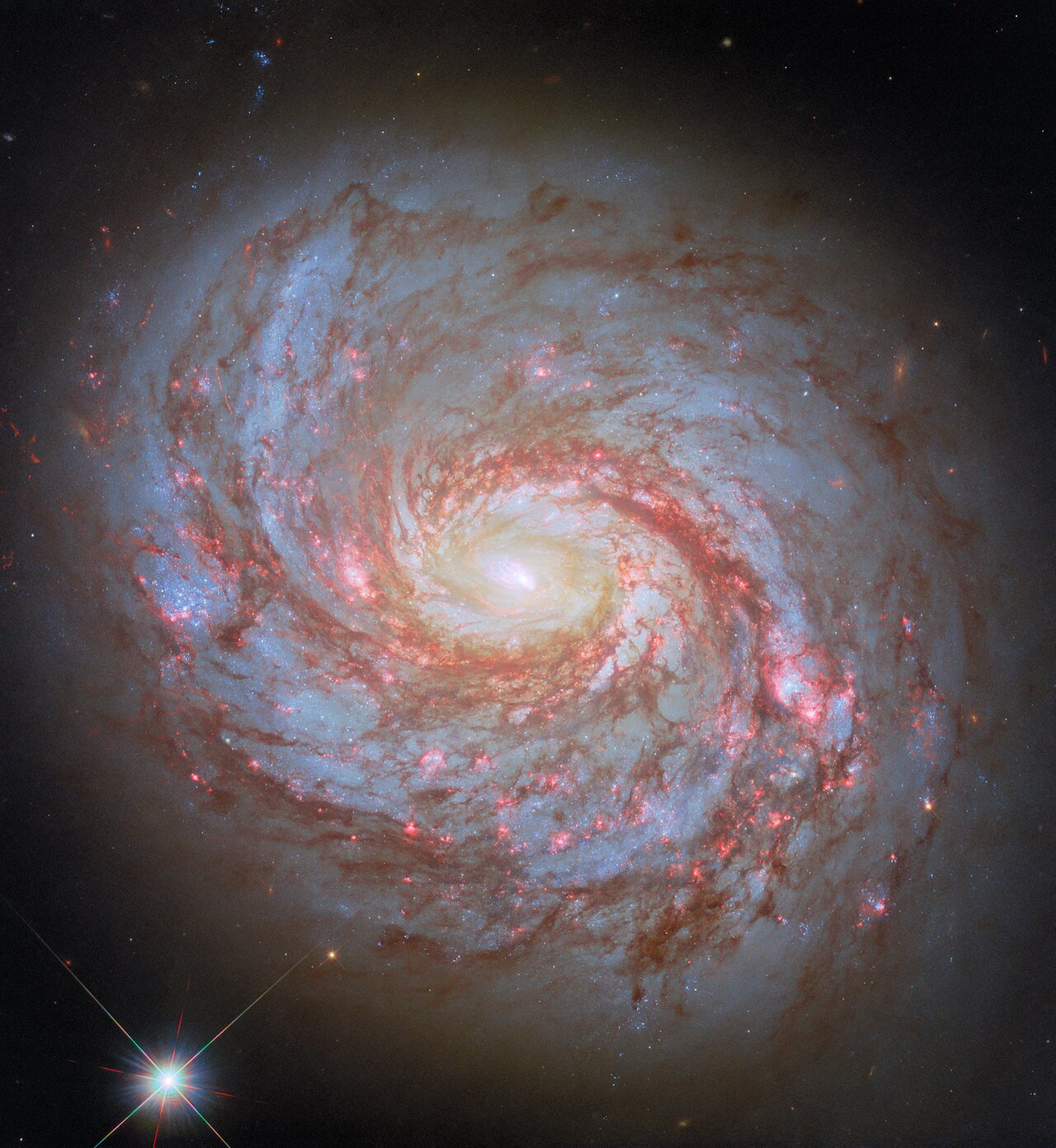Blog
John Wesley Funchess (April 16, 1931 – February 1, 1994) known professionally as John (or Johnny) Littlejohn, was an American electric blues slide guitarist. He was active on the Chicago blues circuit from the 1950s to the 1980s.
more...Bennie Green (April 16, 1923 – March 23, 1977) was an American jazz trombonist.
Born in Chicago, Illinois, United States, Green worked in the orchestras of Earl Hinesand Charlie Ventura, and recorded as bandleader through the 1950s and 1960s.According to critic Scott Yanow of AllMusic, Green’s style straddled swing music and soul, making him one of the few trombonists of the 1950s and ’60s uninfluenced by the pioneering sound of J.J. Johnson.
Green relocated to Las Vegas, where he played in hotel bands for the last decade of his career, though he made occasional appearances at jazz festivals. He died on March 23, 1977.
more...Herbert Jay Solomon (April 16, 1930 – July 1, 2003 NY), known by his stage nameHerbie Mann, was an American jazz flute player and important early practitioner of world music. Early in his career, he also played tenor saxophone and clarinet (including bass clarinet), but Mann was among the first jazz musicians to specialize on the flute. His most popular single was “Hi-Jack“, which was a Billboard No. 1 dance hit for three weeks in 1975.
Mann emphasized the groove approach in his music. Mann felt that from his repertoire, the “epitome of a groove record” was Memphis Underground or Push Push, because the “rhythm section locked all in one perception.”
more...Henry Mancini (born Enrico Nicola Mancini; April 16, 1924 – June 14, 1994) was an American composer, conductor, arranger, pianist and flutist. Often cited as one of the greatest composers in the history of film, he won four Academy Awards, a Golden Globe, and twenty Grammy Awards, plus a posthumous Grammy Lifetime Achievement Award in 1995.
His works include the theme and soundtrack for the Peter Gunn television series as well as the music for The Pink Panther film series (“The Pink Panther Theme“) and “Moon River” from Breakfast at Tiffany’s. The Music from Peter Gunn won the inaugural Grammy Award for Album of the Year. Mancini enjoyed a long collaboration in composing film scores for the film director Blake Edwards. Mancini also scored a No. 1 hit single during the rock era on the Hot 100: his arrangement and recording of the “Love Theme from Romeo and Juliet” spent two weeks at the top, starting with the week ending June 28, 1969.
more...“What we have now is democracy without citizens. No one is on
the public’s side. All the buyers are on the corporation’s side. And the bureaucrats in the Adminstration don’t think the government belongs to the people.” RALPH NADER

Frank Otis Frost (April 15, 1936 or 1938 – October 12, 1999) was one of the foremost American Delta blues harmonica players of his generation.
Most sources state that Frost was born in 1936 in Auvergne, Jackson County, Arkansas, though researchers Bob Eagle and Eric LeBlanc state Patterson, Woodruff County, in 1938. Frost began his musical career at a young age by playing the piano for his family church. At the age of 15, Frost left for St. Louis, where he became a guitarist. At the age of 18, Frost began touring with drummer Sam Carr and Carr’s father, Robert Nighthawk. Soon after touring, he toured again with Sonny Boy Williamson II for several years, who helped teach him how to play the harmonica.
more...Today’s rather aquatic-themed NASA/ESA Hubble Space Telescope Picture of the Week features the spiral galaxyMessier 77, also known as the Squid Galaxy, which sits 45 million light-years away in the constellation Cetus (The Whale).
The designation Messier 77 comes from the galaxy’s place in the famous catalogue compiled by the French astronomer Charles Messier. Another French astronomer, Pierre Méchain, discovered the galaxy in 1780. Both Messier and Méchain were comet hunters who catalogued nebulous objects that could be mistaken for comets.
Messier, Méchain, and other astronomers of their time mistook the Squid Galaxy for either a spiral nebula or a star cluster. This mischaracterisation isn’t surprising. More than a century would pass between the discovery of the Squid Galaxy and the realisation that the ‘spiral nebulae’ scattered across the sky were not part of our galaxy and were in fact separate galaxies millions of light-years away. The Squid Galaxy’s appearance through a small telescope — an intensely bright centre surrounded by a fuzzy cloud — closely resembles one or more stars wreathed in a nebula.
The name ‘Squid Galaxy’ only came about recently. This name comes from the extended, filamentary structure that curls around the galaxy’s disc like the tentacles of a squid. The Squid Galaxy is a great example of how advances in technology and scientific understanding can completely change our perception of an astronomical object — and even what we call it!
A Hubble image of the Squid Galaxy was previously released in 2013. This new version incorporates recent observations made with different filters and updated image processing techniques.
[Image Description: A close-up of a spiral galaxy, seen face-on. Its center glows brightly. From the sides of the galaxy’s core emerge spiral arms which wind through the round disc of the galaxy, filled with shining pink spots where stars are forming and more dark-red dust. Some faint stars can be seen around the galaxy, as well as a particularly bright star in the lower left of the image.]

Jeff Golub (April 15, 1955 – January 1, 2015) was an American jazz guitarist who had a solo career and who led the band Avenue Blue. He worked as a sideman for a number of rock and pop musicians. He was arguably best known for his work with Rod Stewart.
more...Michael Arnold Kamen (April 15, 1948 – November 18, 2003 NY) was an American composer (especially of film scores), orchestral arranger, orchestral conductor, songwriter, record producer and musician. Kamen wrote eleven ballets, a saxophone concerto and an electric guitar concerto (with Japanese guitarist Tomoyasu Hotei as a soloist, though originally performed by Eric Clapton). Additionally, he wrote a commissioned work, “Quintet”, for the Canadian Brass. He also provided scores for the films 101 Dalmatians (1996), The Dead Zone, For Queen and Country, Polyester, Brazil, Someone To Watch Over Me, The Adventures of Baron Munchausen, The Three Musketeers, Highlander, X-Men, Robin Hood: Prince of Thieves, Licence to Kill, the Lethal Weapon series, the first three films of the Die Hard series, Mr. Holland’s Opus, The Iron Giant, Splitting Heirs, Frequency and many others. He also scored both the From the Earth to the Moon and Band of Brothers series on HBO. Trailers for the 2007 release Bee Movie, the 2008 release Nim’s Island, the 2008 release WALL-E, and the 2014 release Mr. Peabody & Sherman featured Kamen’s “Central Services / The Office” from his score to Brazil (1985).
more...Richard Davis (April 15, 1930 – September 6, 2023 Chicago) was an American jazz bassist. Among his best-known contributions to the albums of others are Eric Dolphy‘s Out to Lunch!, Andrew Hill‘s Point of Departure, and Van Morrison‘s Astral Weeks, of which critic Greil Marcus wrote (in The Rolling Stone Illustrated History of Rock and Roll), “Richard Davis provided the greatest bass ever heard on a rock album.”
more...Annapurna Devi (17 April 1927 – 13 October 2018) was an Indian surbahar player of Hindustani classical music. She was given the name ‘Annapurna’ by Maharaja Brijnath Singh of the former Maihar Estate, and it was by this name that she was popularly known. She was the daughter and disciple of Allauddin Khan, and the sister of Ustad Ali Akbar Khan. Pandit Ravi Shankar was her first husband, with whom she had a son, Shubhendra Shankar, who was an artist and a sitarist.
She was an extremely private person and was never interested in being a professional musician like the rest of her family. However, she was active throughout her life as a teacher to many other prominent musicians like Nikhil Banerjee, Hariprasad Chaurasia, Nityanand Haldipur, Sudhir Phadke and Sandhya Phadke. She was the only known female maestro of the surbahar in the 20th century.
more...Irving Herbert Pomeroy III (April 15, 1930 – August 11, 2007) was an American jazztrumpeter, teacher, and the founder of the MIT Festival Jazz Ensemble. Remaining in Boston, he played with Charlie Parker for one week in 1953, then briefly with Charlie Mariano, before going on tour with Lionel Hampton and Stan Kenton. Back in Boston, he played with Serge Chaloff and was hired to teach at Schillinger after it had been renamed the Berklee School of Music. During the latter part of the 1950s he was the leader of a sixteen-piece band which included Mariano, Bill Berry, Jaki Byard, Joe Gordon, and Boots Mussulli. For two years after that, he led another band, which included Alan Dawson, Hal Galper, Michael Gibbs, Dusko Goykovich, and Sam Rivers. He worked in pit orchestras for Broadway shows passing through Boston. Beginning in 1963 he led bands at the Massachusetts Institute of Technology. He led a band until 1993, two years before retiring from Berklee.
more...
More Posts
- Oscar Moore
- Don Pullen
- Cab Calloway
- World Music Dave Brubeck
- Daily Roots The Cimarons
- Mohammed Rafi
- Dave Bartholomew
- Lee Dorsey
- Ray Bryant
- Baby Dodds
- World Music Vince Guaraldi
- Daily Roots Christmas Eve Coco Tea
- Seasons Greetings 2024
- Cosmos Aurora Iceland
- José Greco
- Cyro Baptista
- Esther Phillips
- Alberto Hemsi
- Frank Morgan
- Chet Baker




